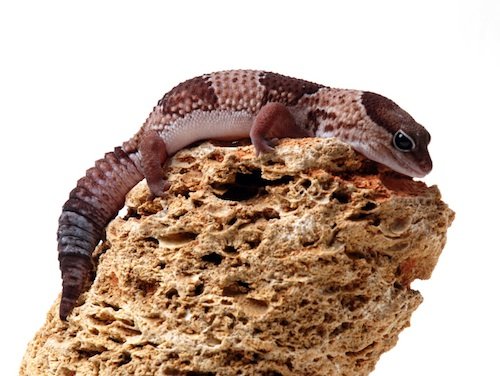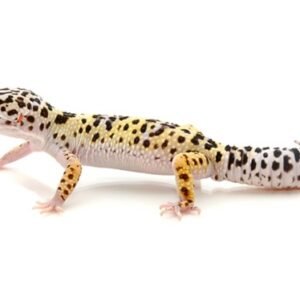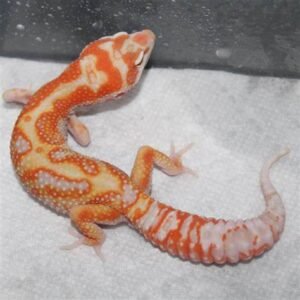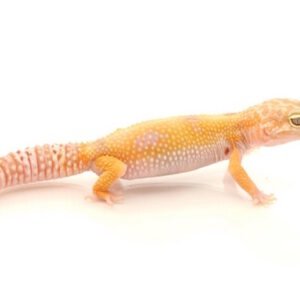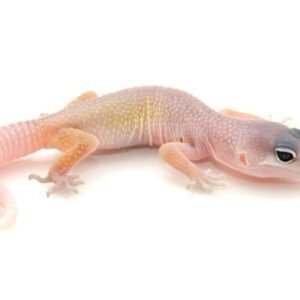Understanding Fat Tail Geckos: Characteristics and Needs
The Fat Tail Gecko, scientifically known as Hemitheconyx caudicinctus, is a fascinating reptilian species that captivates herpetology enthusiasts. These geckos are identifiable by their stocky bodies and distinctive fat tails, which serve as energy reserves during times of food scarcity. Adult fat tail geckos typically grow to a length of 8 to 10 inches, exhibiting a range of colors from sandy beige to deep brown, often adorned with darker bands that provide excellent camouflage in their natural habitat.
In nature, fat tail geckos inhabit the arid regions of West Africa, where they find shelter in rocky crevices and burrow systems. Their preferred environmental conditions consist of warm temperatures ranging from 78°F to 88°F during the day and a slight drop at night. Humidity levels should be maintained between 30% to 40% to mimic their native climate, promoting hydration and shedding health. A well-designed terrarium for a fat tail gecko should include various hiding spots, such as caves or logs, to create a secure environment where they can retreat and feel safe.
Behaviorally, fat tail geckos are primarily nocturnal, displaying a calm demeanor and a penchant for exploration during the night. They exhibit a variety of social behaviors but tend to be solitary creatures in their adult life. Providing a suitable habitat that includes appropriate temperature gradients, humidity, and burrowing materials will significantly contribute to their overall well-being. Understanding the characteristics and needs of fat tail geckos is crucial for prospective owners, as catering to these fundamental requirements ensures a happy and healthy pet.
Caring for Your Fat Tail Gecko: Diet, Habitat Setup, and Health
Caring for a Fat Tail Gecko requires a comprehensive understanding of its unique dietary needs, habitat setup, and potential health issues. Ensuring that these reptiles receive the proper nutrition is vital for their overall health and longevity. Fat Tail Geckos typically thrive on a diet primarily composed of insects. Crickets, mealworms, and roaches are excellent choices, providing the necessary protein. It is crucial to also consider gut-loading these insects – feeding them nutritious foods before offering them to your gecko. Supplementing their diet with calcium and vitamin D3 powders will further support their growth and help prevent possible metabolic bone disease.
The habitat for your Fat Tail Gecko should mimic their natural environment to encourage well-being. A spacious terrarium, ideally measuring 20 gallons or larger, is recommended. This enclosure should be equipped with appropriate heating elements to maintain a temperature gradient; the warm side should reach about 85-90°F, while the cooler side should range from 70-75°F. Substrate options such as aspen shavings or reptile carpet are advisable, as they promote health and facilitate cleaning. Additionally, hiding spots created from rocks or logs will provide shelter and security, essential aspects of their environment.
Monitoring the health of your Fat Tail Gecko is equally important. Common health issues can include respiratory infections and skin shedding problems. Maintaining optimal humidity levels between 30-50% is crucial for their shedding process, and providing a shallow water dish can help with hydration. Regular veterinary check-ups can ensure early detection and treatment of any health disorders. By adhering to these comprehensive care guidelines—covering diet, habitat, and health—you will create an environment in which your Fat Tail Gecko can thrive, ensuring a mutually rewarding experience as a pet owner.

